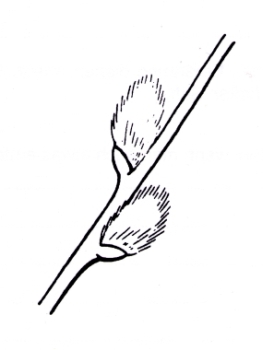Principle
Dioecy is a form of sex distribution in seed plants. The male and female reproductive organs are sitting on different unisexual plants. Dioecy occurs in many plant families, but only a few plant families are purely dioecious. To these belongs the willow family, with willow, poplar and many others. As well the male as the female flowers of the willow build spadices, which are called catkins. Willows are often found on moist grounds. On slopes, stream and river banks willows are often planted as they anchor the soil with their roots. Beekeepers plant willows near their hives.
Benefits
-
Experiment is part of a complete solution set with a total of 44 experiments for botany, reproduction, soil, food and digestion, senses, physiology.
-
With student worksheet, appropriate for all class levels.
-
With detailed instructor information.
-
Optimized for tight schedules, i.e. minimum preparation time required.
-
Biology solution set specifically designed to include all required accessories.
Tasks
Examine the flowers of the willow.



